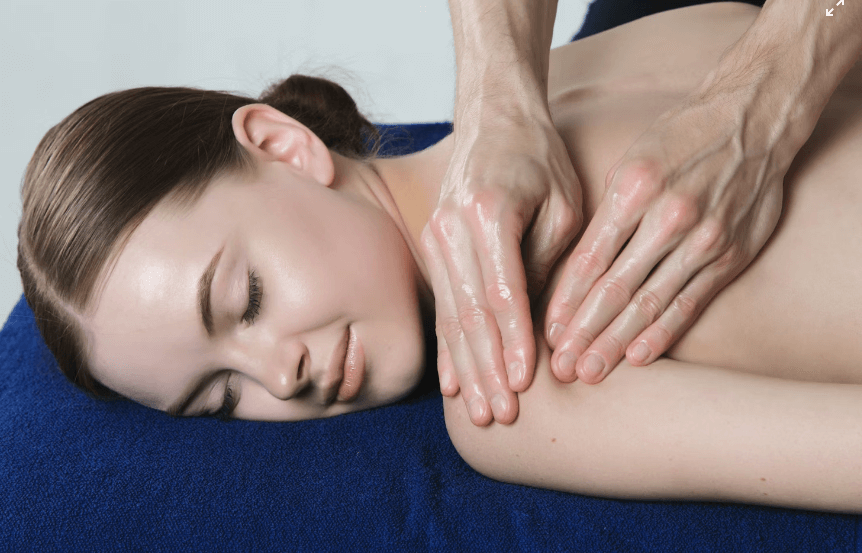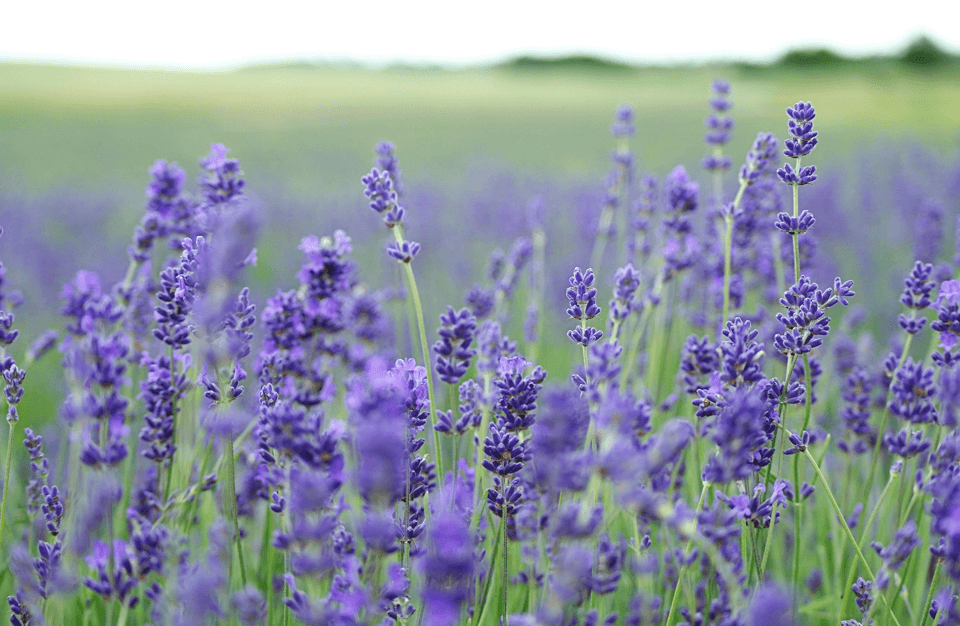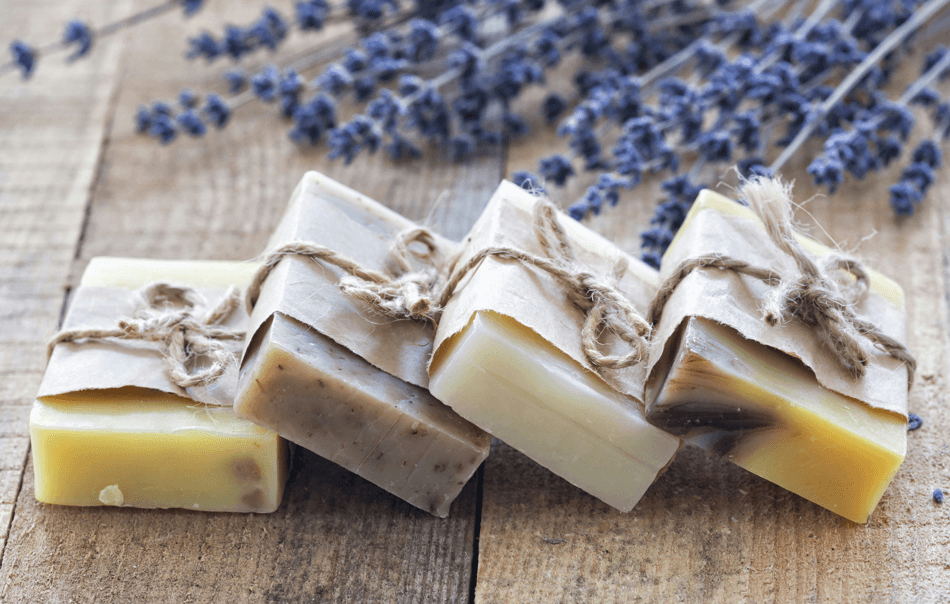Kojic Acid 101: Everything You Need to Know for Radiant Skin
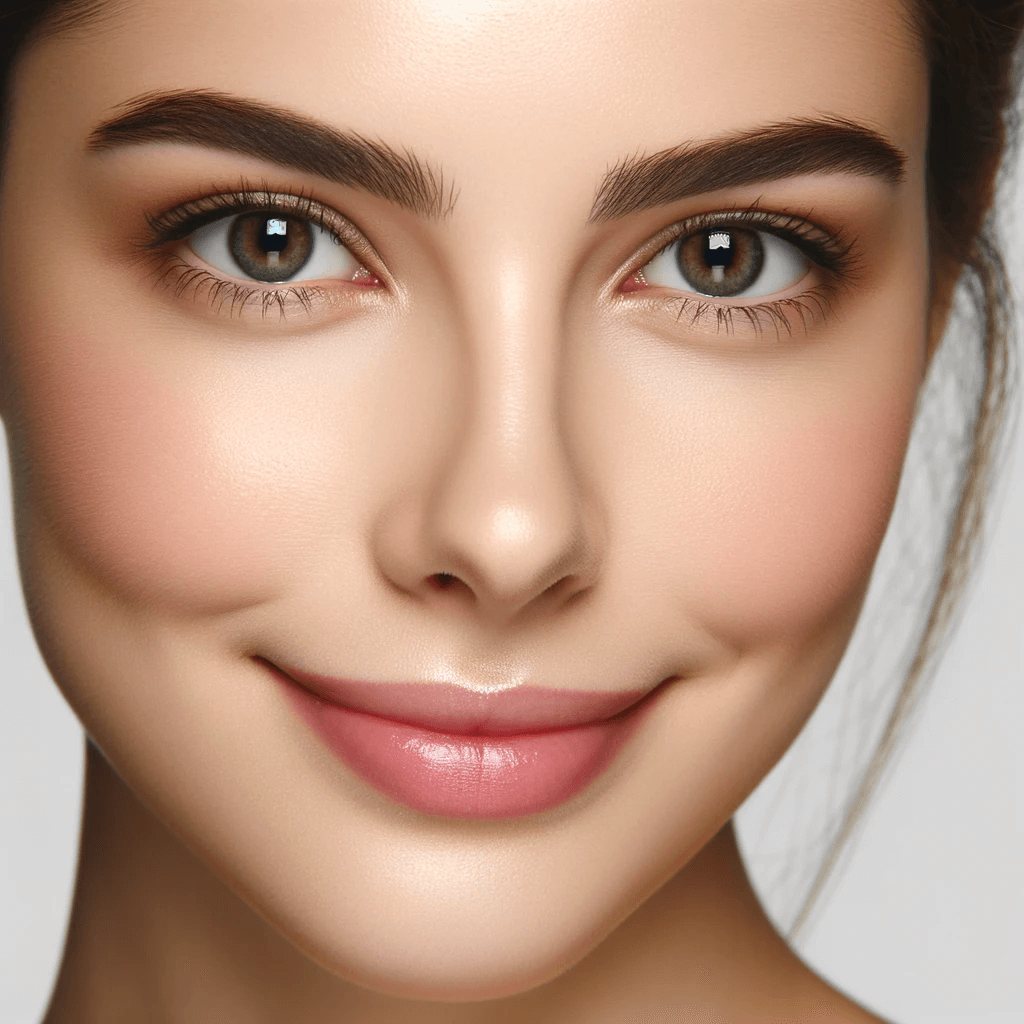
Are you tired of dark spots, uneven skin tone, and signs of aging? Meet kojic acid, a natural skin lightening agent derived from mushrooms, with a myriad of skincare benefits.
Discover how this remarkable ingredient can help you achieve a brighter, more youthful complexion while being gentle on your skin.
In this blog post, we will delve into the power of kojic acid, its targeted benefits, safety, and how to integrate it into your skincare routine.
Additionally, we will explore alternative skin lightening options for those seeking a more even complexion.
Key Takeaways
- Kojic acid is a natural compound derived from fungi that can be used to reduce dark spots, even skin tone and brighten the complexion.
- It is Safe for most skin types but it’s important to recognize any irritation symptoms and adjust usage accordingly.
- Combining kojic acid with other ingredients like glycolic acid and vitamin C helps enhance its effectiveness in improving overall skin tone and texture.
Unlocking the Power of Kojic Acid

Kojic acid, a naturally derived compound obtained from mushrooms, has become a popular cosmetic skin whitening agent with numerous benefits for the skin. It works by inhibiting the tyrosinase enzyme, responsible for the formation of melanin in the skin, resulting in skin lightening effects. Kojic acid is effective against a variety of skin concerns, such as hyperpigmentation, age spots, and sun damage, by evening out skin tone and targeting blemishes.
From Mushrooms to Skincare: The Natural Derivative
Kojic acid is derived from fungi like Aspergillus, Acetobacter, and Penicillium and is a by-product of the fermentation process of certain foods, such as Japanese sake and soy sauce. Kojic acid may become a popular choice in cosmetic products, including:
- creams
- lotions
- serums
- certain soaps
People with darker complexions, who may experience excessive lightening from other ingredients, will find kojic acid a suitable option. Unlike other skin whitening agents, it is less likely to cause an overly-white appearance.
Kojic Acid in Food: Soy Sauce and Rice Wine
Apart from its use in skincare, kojic acid can also be found in certain Asian foods like soy sauce and rice wine, where it serves as a preservative and flavor enhancer. In soy sauce, it helps maintain the sauce’s color and taste, while in rice wine, it prevents discoloration and enhances flavor.
The diverse applications of kojic acid in different industries demonstrate its versatility.
How Kojic Acid Works: Inhibiting Melanin Production
Kojic acid principally acts by inhibiting melanin synthesis, the cause of skin darkening. By impeding the formation of tyrosine, an amino acid necessary for melanin production, kojic acid lightens the skin and reduces hyperpigmentation.
Its ability to inhibit melanin production makes it a popular choice for those seeking to reduce dark spots and achieve a more even complexion.
Targeted Benefits of Kojic Acid for Skin

Harnessing the power of kojic acid can help you achieve a more even and youthful complexion by targeting hyperpigmentation, sun damage, and signs of aging. Its ability to reduce melanin production leads to a decrease in dark spots and an overall brighter complexion.
Delving deeper into how kojic acid tackles each of these skin concerns reveals its effectiveness.
Treating Hyperpigmentation and Dark Spots
Kojic acid is an effective treatment for hyperpigmentation and dark spots due to its melanin-inhibiting properties. It helps to lighten and reduce pigmentation, including scars from acne and sun damage, by blocking the production of melanin.
Although kojic acid is generally deemed safe for most skin types, monitoring for any skin irritation and seeking advice from a board-certified dermatologist when necessary is recommended.

Reducing Sun Damage and Improving Overall Skin Tone
Sun damage can lead to dark spots, uneven skin tone, and premature aging. Kojic acid can help reduce sun damage by inhibiting the production of melanin, the pigment responsible for skin darkening. By limiting melanin production, kojic acid can improve overall skin tone and texture, lightening dark spots and smoothing out fine lines and wrinkles.
Despite typically being safe for most skin types, including sensitive skin, it is vital to consult a board-certified dermatologist if skin irritation or broken skin occurs.
Anti-Aging Effect: Smoothing Fine Lines and Wrinkles
Kojic acid’s anti-aging effects include smoothing fine lines and wrinkles, providing a more youthful appearance. Its skin lightening properties, combined with its ability to improve skin tone and address hyperpigmentation, make it a beneficial anti-aging product.
Safety and Efficacy: Is Kojic Acid Safe for All Skin Types?
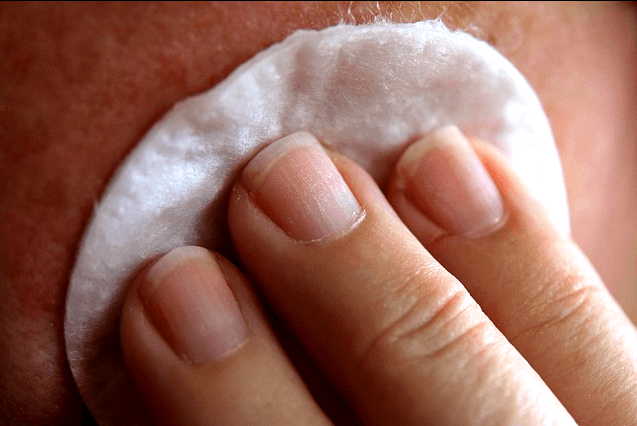
Kojic acid is generally safe and effective for most skin types, with a low risk of adverse effects. However, it’s important to be aware of potential skin irritation and consult a dermatologist if needed.
This section will delve into the safety of kojic acid and the circumstances warranting consultation with a medical professional.
Low Risk of Side Effects for Most Skin Types
Kojic acid is a popular choice for skin lightening due to its low risk of side effects for the majority of skin types. However, it is essential to monitor for any signs of skin irritation, such as:
- redness
- rash
- itching
- pain
And adjust usage accordingly.
Identifying and Managing Skin Irritation
If you experience skin irritation while using kojic acid, it may be necessary to adjust the usage frequency or concentration. Kojic acid has several side effects, including:
- Contact dermatitis
- Allergic reactions
- Skin redness and inflammation
- Dryness and peeling of the skin
In certain instances, contact dermatitis may be the most frequent side effect experienced.
Recognition and management of skin irritation enables continued enjoyment of kojic acid benefits while minimizing potential side effects.
When to Consult a Board-Certified Dermatologist
Consulting a board-certified dermatologist is advised if severe irritation is experienced or concerns about using kojic acid arise. A dermatologist can help guide you on the correct use of kojic acid and address any worries or questions you may have about your skin condition.
Integrating Kojic Acid into Your Skincare Routine
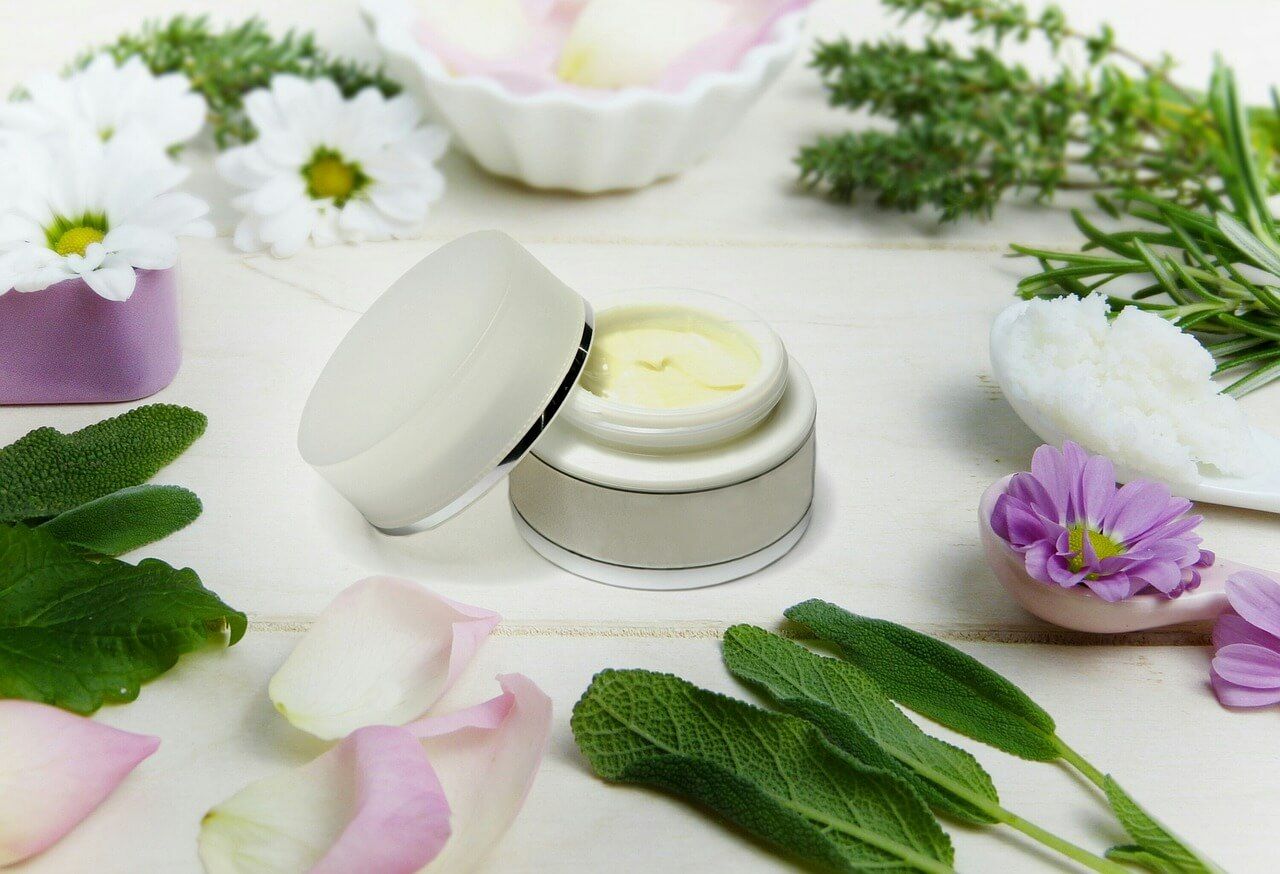
Choosing the right kojic acid products, combining them with complementary ingredients, and following usage recommendations can help you successfully incorporate kojic acid into your skincare routine.
This section provides guidance on product selection, ingredient combination, and adherence to usage instructions.
Choosing the Right Kojic Acid Products: Creams, Serums, Soaps and Cleansers
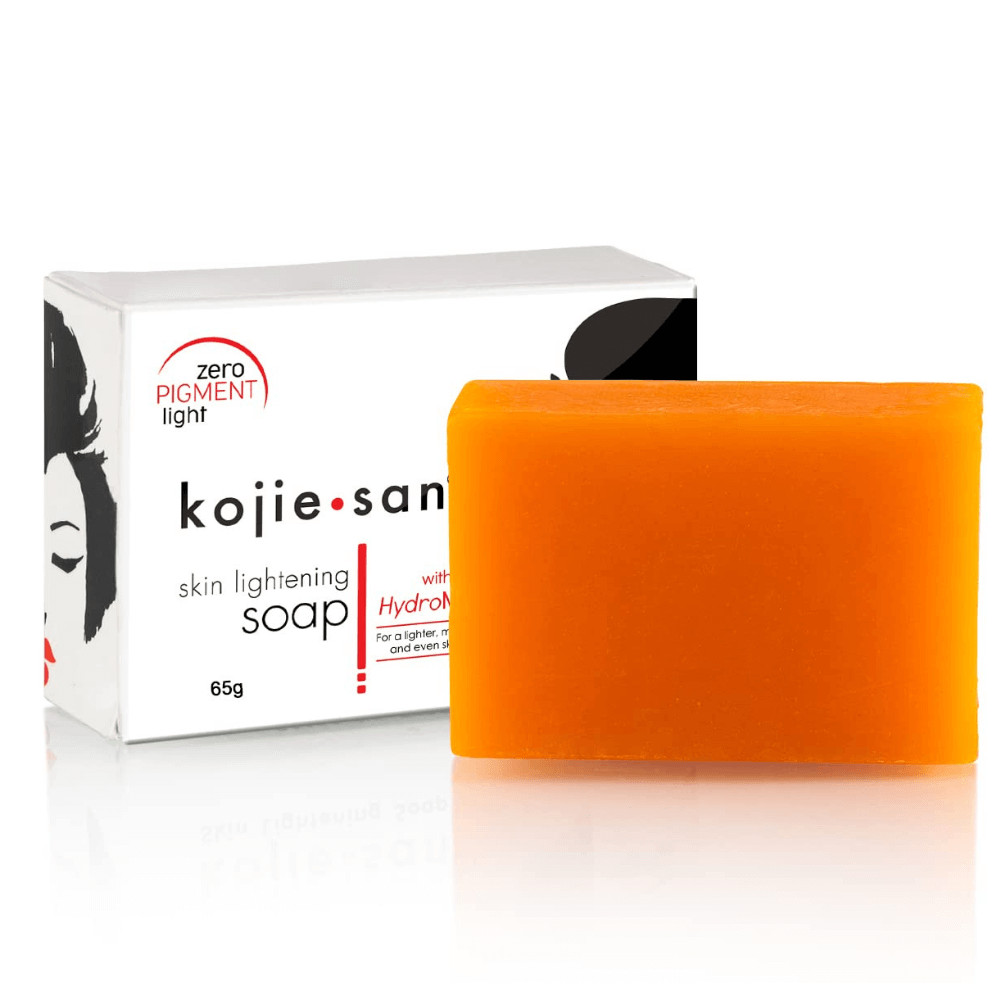
Choosing kojic acid products that best suit your skincare needs is key to achieving optimal results. Kojic acid can be found in several forms, including:
- Powders
- Serums
- Masks
- Creams
- Cleansers
- Soaps
It is a versatile ingredient for many personal care products.
Some well-known kojic acid products include:
- PCA SKIN Hydroquinone-Free Pigment Gel Face Serum
- La Roche-Posay Glycolic B5 Serum
- VALITIC Kojic Acid Soap
- Koji White Kojic Acid & Papaya Body Lotion

Combining Kojic Acid with Other Ingredients: Glycolic Acid and Vitamin C
Enhancing kojic acid’s effects can be achieved by combining it with other ingredients like glycolic acid and vitamin C.
Glycolic acid, an alpha hydroxy acid (AHA), assists in exfoliating the skin, removing dead skin cells, and unveiling a brighter, smoother texture.
Vitamin C is a potent antioxidant that protects the skin from external harm and reduces the visibility of wrinkles and fine lines.
Combining these ingredients with kojic acid can help reduce dark spots, hyperpigmentation, and improve overall skin tone and texture.
Usage Recommendations: Frequency, Concentration, and Sunscreen
For optimal results, it is advised to use kojic acid products with a concentration of 1 percent or less. When starting to use kojic acid, it is recommended to use it every other day or a few times a week to allow your skin to adjust.
Gradually increase usage to daily or twice daily if your skin can handle it comfortably.
Applying sunscreen daily is particularly important when using kojic acid, as it may heighten the risk of sunburn.
Alternatives to Kojic Acid for Skin Lightening
If you’re looking for alternative skin lightening options, there are several other ingredients to consider, such as hydroquinone, vitamin C, and various natural ingredients.
This section explores these alternatives and their contributions to a more even complexion.
Hydroquinone: The Gold Standard in Skin Lightening
Hydroquinone is a potent skin lightening agent, often considered the gold standard in treating hyperpigmentation.
It works by blocking the production of melanin, the pigment responsible for skin color, and has been demonstrated to be effective in treating hyperpigmentation, dark spots, and sun damage.
Ascorbic Acid (Vitamin C): A Natural Brightening Agent
Ascorbic acid (vitamin C) is a natural brightening agent that can help improve skin tone and texture. Found in citrus fruits, leafy greens, and other foods, it works by inhibiting melanin production and has antioxidant and anti-inflammatory properties.
Skin lightening effects can be further enhanced by combining vitamin C with kojic acid.
Other Options: Arbutin, Niacinamide, and Licorice Root Extract
Other skin lightening alternatives include:
- Arbutin: a naturally occurring derivative of hydroquinone that targets dark spots and hyperpigmentation
- Niacinamide: a form of vitamin B3 that helps reduce inflammation, even out skin tone, and improve the skin’s barrier function
- Licorice root extract: can also help achieve a more even complexion
Licorice root extract, a natural skin lightening ingredient, helps reduce the appearance of dark spots and hyperpigmentation while providing anti-inflammatory and antioxidant protection.
Summary
Kojic acid is a versatile and effective natural skin lightening agent that can help address various skin concerns, such as hyperpigmentation, sun damage, and signs of aging.
By selecting the right products, combining kojic acid with complementary ingredients, and following usage recommendations, you can (with a little patience) achieve a brighter, more even complexion.
If you’re looking for alternatives, consider hydroquinone, vitamin C, or other natural ingredients like arbutin, niacinamide, and licorice root extract.
Frequently Asked Questions
What does kojic acid do to the skin?
Kojic acid is renowned for evening out skin tone, targeting hyperpigmentation caused by sun damage and acne marks.
It works well on its own and when paired with other brightening ingredients, and has anti-inflammatory properties.
Is it OK to use kojic acid everyday?
It is generally safe to use kojic acid once or twice a day, depending on skin type and the product's concentration. However, those with sensitive skin should start out using it only once or twice a week and gradually build up tolerance.
Is kojic acid skin bleaching?
Kojic acid is a skin bleaching agent used in cosmetics to lighten dark patches of skin caused by hyperpigmentation, melasma and other discoloration. I
t works similarly to hydroquinone and is an effective treatment for skin lightening when used as directed.
What are the side effects of kojic acid?
Kojic acid can cause irritation, rash, dermatitis, itching and pain if improperly used. Abuse of kojic acid, such as taking concentrations higher than 1%, may further increase the risk of experiencing these side effects.
Can kojic acid be used on all skin types?
Kojic acid can be generally used on most skin types, however it is recommended to consult a dermatologist if any skin irritation occurs.



